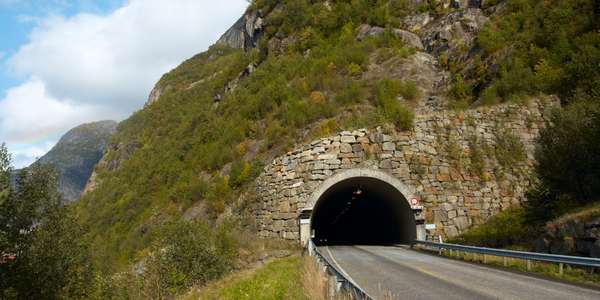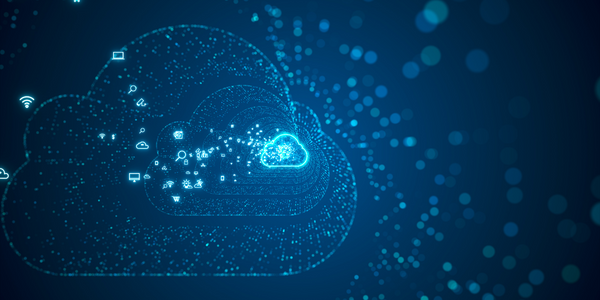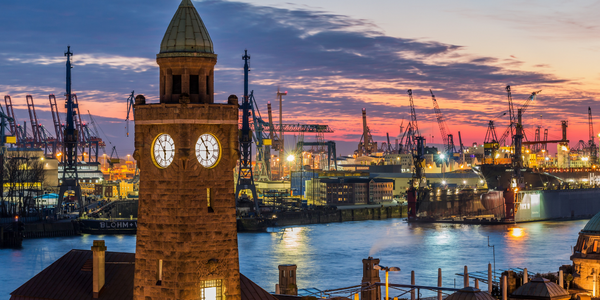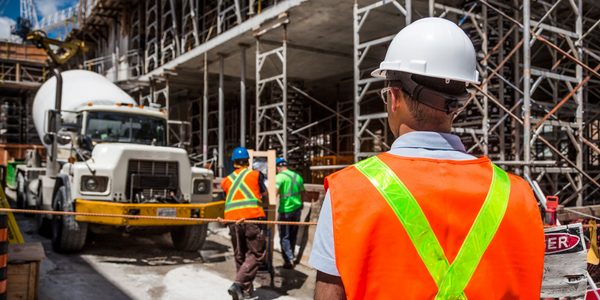Customer Company Size
SME
Region
- Europe
Country
- Netherlands
Product
- Trimble X7 Laser Scanning System
- Trimble Perspective Software
- Trimble RealWorks Software
Tech Stack
- 3D Modeling
- Laser Scanning
- Point Cloud Processing
Implementation Scale
- Departmental Deployment
Impact Metrics
- Digital Expertise
- Productivity Improvements
Technology Category
- Analytics & Modeling - Digital Twin / Simulation
- Functional Applications - Remote Monitoring & Control Systems
Applicable Industries
- Construction & Infrastructure
- Professional Service
Applicable Functions
- Facility Management
- Business Operation
Use Cases
- Building Automation & Control
- Digital Twin
- Remote Asset Management
Services
- Software Design & Engineering Services
- System Integration
About The Customer
Paul3D, founded by Paul van der Linden, is a reality capture specialist company based in the Netherlands. With over three decades of experience as a construction contractor, Van der Linden sought to expand his expertise into new areas, leading to the establishment of Paul3D. The company initially provided camera-based 3D virtual tour services for architectural clients, but as demand grew for more precise representations of historical buildings, Paul3D expanded its services to include high-precision laser scanning. This strategic move allowed the company to cater to clients requiring detailed and accurate 3D models for restoration and repair projects, particularly in historic settings. Paul3D's adoption of advanced scanning technology has positioned it as a leader in the field, offering innovative solutions for complex architectural challenges.
The Challenge
Franeker, a historic town in the Netherlands, required a comprehensive 3D model for the design of new lighting to highlight its architectural heritage. The challenge was to create accurate as-built surveys of structures dating back to the 1600s, where few record drawings existed. Traditional manual methods would have been time-consuming and costly, taking months to complete. The need for precise representations for repair and restoration of historical buildings was critical, and existing methods were insufficient to meet the demands of modern architectural clients.
The Solution
Paul3D adopted the Trimble X7 Laser Scanning System, along with Trimble Perspective and RealWorks software, to address the challenge of creating accurate 3D models of historic structures. The X7 system enabled fast and precise data capture, significantly reducing the time required for as-built surveys. In Franeker, Van der Linden conducted 125 scans over two days, followed by 5,000 photos, to create a comprehensive point cloud. The data was processed using Perspective software, allowing for seamless integration with Autodesk 3DS Max for lighting design. The X7's self-leveling and self-calibrating features, along with its ability to operate in various weather conditions, made it an ideal tool for the project. The system's efficiency and accuracy provided a significant advantage over traditional methods, enabling Paul3D to deliver high-quality results in a fraction of the time.
Operational Impact
Quantitative Benefit

Case Study missing?
Start adding your own!
Register with your work email and create a new case study profile for your business.
Related Case Studies.

Case Study
IoT System for Tunnel Construction
The Zenitaka Corporation ('Zenitaka') has two major business areas: its architectural business focuses on structures such as government buildings, office buildings, and commercial facilities, while its civil engineering business is targeted at structures such as tunnels, bridges and dams. Within these areas, there presented two issues that have always persisted in regard to the construction of mountain tunnels. These issues are 'improving safety" and "reducing energy consumption". Mountain tunnels construction requires a massive amount of electricity. This is because there are many kinds of electrical equipment being used day and night, including construction machinery, construction lighting, and ventilating fan. Despite this, the amount of power consumption is generally not tightly managed. In many cases, the exact amount of power consumption is only ascertained when the bill from the power company becomes available. Sometimes, corporations install demand-monitoring equipment to help curb the maximum power demanded. However, even in these cases, the devices only allow the total volume of power consumption to be ascertained, or they may issue warnings to prevent the contracted volume of power from being exceeded. In order to tackle the issue of reducing power consumption, it was first necessary to obtain an accurate breakdown of how much power was being used in each particular area. In other words, we needed to be able to visualize the amount of power being consumed. Safety, was also not being managed very rigorously. Even now, tunnel construction sites often use a 'name label' system for managing entry into the work site. Specifically, red labels with white reverse sides that bear the workers' names on both sides are displayed at the tunnel work site entrance. The workers themselves then flip the name label to the appropriate side when entering or exiting from the work site to indicate whether or not they are working inside the tunnel at any given time. If a worker forgets to flip his or her name label when entering or exiting from the tunnel, management cannot be performed effectively. In order to tackle the challenges mentioned above, Zenitaka decided to build a system that could improve the safety of tunnel construction as well as reduce the amount of power consumed. In other words, this new system would facilitate a clear picture of which workers were working in each location at the mountain tunnel construction site, as well as which processes were being carried out at those respective locations at any given time. The system would maintain the safety of all workers while also carefully controlling the electrical equipment to reduce unnecessary power consumption. Having decided on the concept, our next concern was whether there existed any kind of robust hardware that would not break down at the construction work site, that could move freely in response to changes in the working environment, and that could accurately detect workers and vehicles using radio frequency identification (RFID). Given that this system would involve many components that were new to Zenitaka, we decided to enlist the cooperation of E.I.Sol Co., Ltd. ('E.I.Sol') as our joint development partner, as they had provided us with a highly practical proposal.

Case Study
Splunk Partnership Ties Together Big Data & IoT Services
Splunk was faced with the need to meet emerging customer demands for interfacing IoT projects to its suite of services. The company required an IoT partner that would be able to easily and quickly integrate with its Splunk Enterprise platform, rather than allocating development resources and time to building out an IoT interface and application platform.

Case Study
Bridge monitoring in Hamburg Port
Kattwyk Bridge is used for both rail and road transport, and it has played an important role in the Port of Hamburg since 1973. However, the increasing pressure from traffic requires a monitoring solution. The goal of the project is to assess in real-time the bridge's status and dynamic responses to traffic and lift processes.

Case Study
Bellas Landscaping
Leading landscaping firm serving central Illinois streamlines operations with Samsara’s real-time fleet tracking solution: • 30+ vehicle fleet includes International Terrastar dump trucks and flatbeds, medium- and light-duty pickups from Ford and Chevrolet. Winter fleet includes of snow plows and salters.

Case Study
Condition Based Monitoring for Industrial Systems
A large construction aggregate plant operates 10 high horsepower Secondary Crusher Drive Motors and associated conveyor belts, producing 600 tons of product per hour. All heavy equipment requires maintenance, but the aggregate producer’s costs were greatly magnified any time that the necessary maintenance was unplanned and unscheduled. The product must be supplied to the customers on a tight time schedule to fulfill contracts, avoid penalties, and prevent the loss of future business. Furthermore, a sudden failure in one of the drive motors would cause rock to pile up in unwanted locations, extending the downtime and increasing the costs.Clearly, preventative maintenance was preferable to unexpected failures. So, twice each year, the company brought in an outside vendor to attach sensors to the motors, do vibration studies, measure bearing temperatures and attempt to assess the health of the motors. But that wasn’t enough. Unexpected breakdowns continued to occur. The aggregate producer decided to upgrade to a Condition Based Monitoring (CBM) sensor system that could continually monitor the motors in real time, apply data analytics to detect changes in motor behavior before they developed into major problems, and alert maintenance staff via email or text, anywhere they happened to be.A wired sensor network would have been cost prohibitive. An aggregate plant has numerous heavy vehicles moving around, so any cabling would have to be protected. But the plant covers 400 acres, and the cable would have to be trenched to numerous locations. Cable wasn’t going to work. The aggregate producer needed a wireless solution.








